What to Look Out For - January 2017
January; the start of a new year, an opportunity to escape the cold interior and hit the beach! You will be in good company as many animals take shelter on the coast in mid-winter. Temperatures are normally slightly milder as the influence of wind and salt reduces the severity of ice and snow.
On the coast, look-out for one of our most well-known wading birds the Redshank. A medium sized wader with bright orange-red legs, a straight bill and soft brown plumage. They can be found around rock pools but they are equally at home on sandy beaches in places such as Robin Hoods Bay and nearby Boggle Hole. Our wintering Redshanks may originate from Scandinavia as many birds make the journey across the North Sea in winter to spend time on our beautiful coastline. Listen for their sharp alarm call. They have very keen eyesight and will probably see you first!
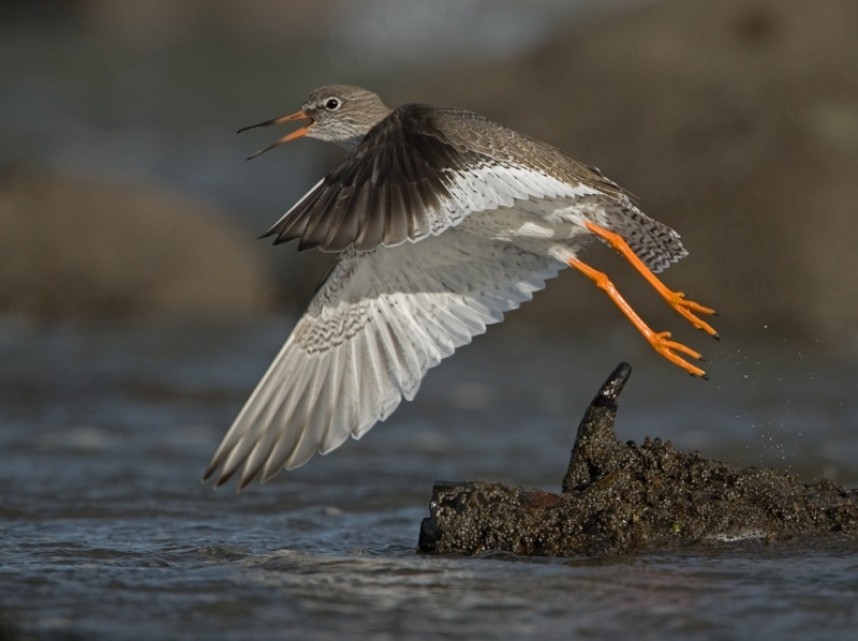
Redshank © Steve Race
Two blobs of jelly, one red, and one brown, both with a line of electric blue at the base are spectacular Beadlet Anemones. Look out for them on the side of rocks in pools with their tentacles retracted when the tide is out. Despite their flower-like name they are predatory animals with 192 tentacles designed to trap passing prey.
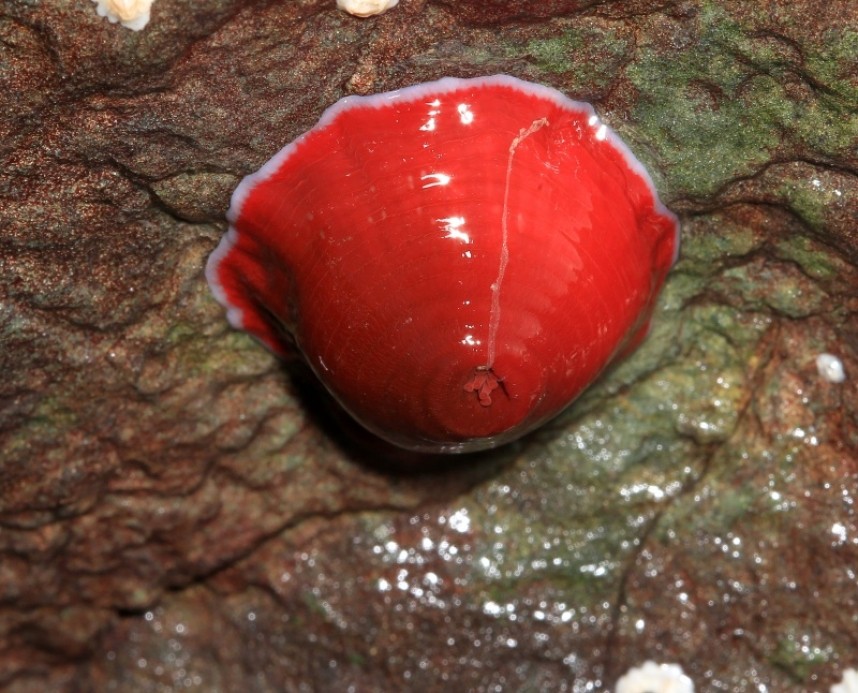
Beadlet Anemone © Dan Lombard
On the shoreline there is a wonderful world of Seaweeds to explore. From the large trailing wracks and kelp such as Toothed Wrack and Sugar Wrack to the tiny seaweeds such as Irish Moss. A wealth of amazing diversity awaits the curious. Sugar Wrack can live for up to four years and forms sweet-tasting crystals when dry. Look out for the small cream dots of winkle egg studs on Sugar Wrack. Another strange weed to look for is Thong Weed which starts life as small button like plants before bursting into long strands up to a meter long.
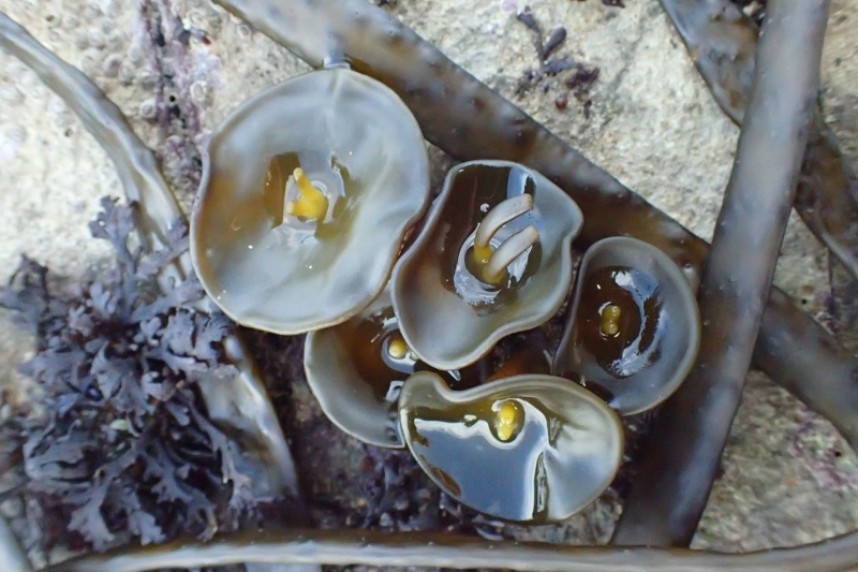
Thong Weed © Anthony Hurd
A silvery sheen on seaweed can be Sea Mat, a Bryozoan which can turn the weed almost completely grey. These Bryozoa are also known as ‘moss animals’. Sea Mat is a community of primitive animals which filter-feed. These amazing creatures can communicate with each other through chemical reactions. Over 6000 species of Bryozoa have been recorded in the sea and in freshwater environments. Scientists have become increasingly interested in a chemical called bryostatin which has properties used in the fight against cancer.
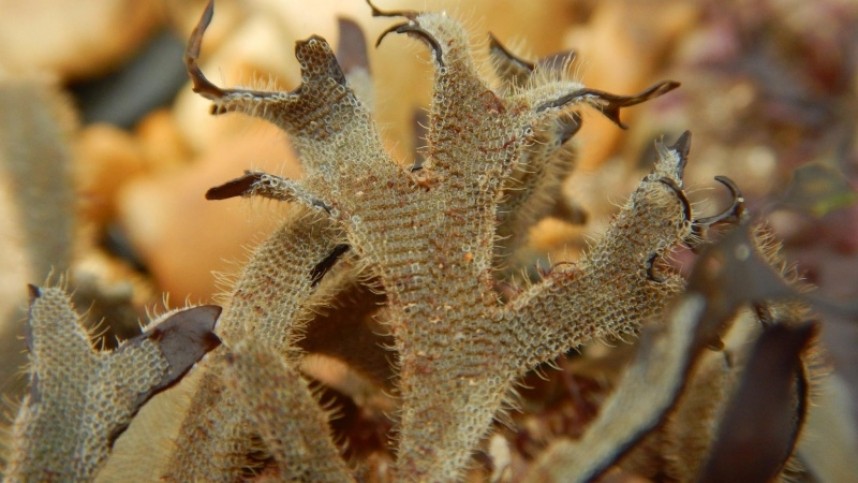
bryozoan hairy sea mat growing over the seaweed Irish Moss © Anthony Hurd
The small seaweed Irish Moss (Carragheen) can be found in a variety of colours from reddish purple to green. It contains a chemical used as a thickener in the food industry, especially popular as a replacement for gelatine in vegan cookery, a folk remedy for coughs and colds and even as an aphrodisiac. In the Caribbean a saucy seaweed recipe involves mixing Irish moss with milk, rum and spices. There may be some truth in this tale as Irish Moss does contain manganese and vitamin E both known to contribute to fertility and sex drive. Watch this space for YCN tours to the Caribbean…..!
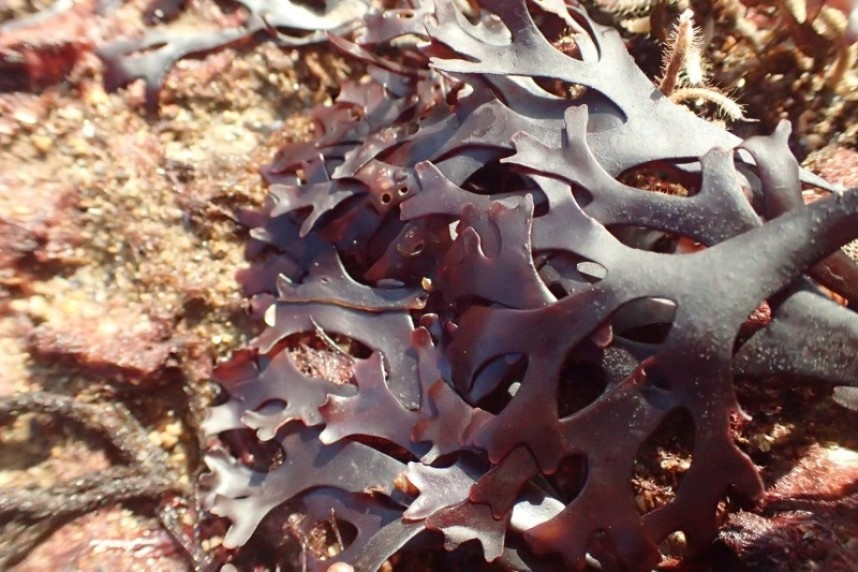
Irish Moss © Anthony Hurd
Richard Baines YCN



 Back to Blog
Back to Blog
